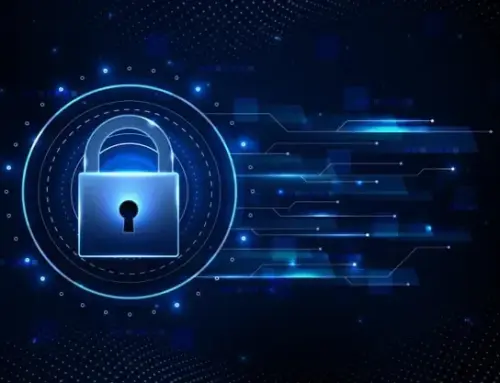
Strengthening Digital Defenses: The Vital Role of Cybersecurity in Database Automation
Strengthening Digital Defenses: The Vital Role of Cybersecurity in Database Automation
In the contemporary era, where data stands as the backbone of organizations, the security of databases becomes paramount. With businesses increasingly adopting automation to boost efficiency and streamline operations, the incorporation of robust cybersecurity measures becomes even more crucial. This blog delves into the intersection of cybersecurity and database automation, emphasizing the significance of safeguarding sensitive information in the realm of automated data management.
The Surge of Database Automation
Database automation has emerged as a transformative force in IT, empowering organizations to seamlessly handle vast amounts of data. Automated processes in database management encompass schema deployment, updates, backups, and performance tuning. By automating these tasks, businesses can attain higher efficiency, reduce human errors, and elevate overall productivity.
Database release automation, a pivotal aspect of streamlined data management, enables organizations to deploy, update, and manage database changes seamlessly, reinforcing the efficiency and security of automated processes.
Navigating the Cybersecurity Dilemma
While the advantages of database automation are undeniable, they also present a new set of challenges, particularly in the realm of cybersecurity. Automation, if not implemented with security in mind, can inadvertently introduce vulnerabilities. As databases become more interconnected and automated, they become attractive targets for cyber threats such as ransomware, data breaches, and unauthorized access.
Securing the Database Automation Pipeline
A robust cybersecurity strategy is imperative to fortify the entire database automation pipeline. This commences with securing the development and testing environments, where automation scripts are created and refined. Access controls, encryption, and regular security audits play pivotal roles in shielding the automation process from potential threats.
Furthermore, organizations should adhere to secure coding practices when developing automation scripts to mitigate vulnerabilities. Regularly updating and patching software and systems are also critical components in keeping security measures up to date in the rapidly evolving landscape of cyber threats.
Authentication and Authorization
Ensuring that the right individuals have access to sensitive data is fundamental to cybersecurity in database automation. Employing strong authentication mechanisms, such as multi-factor authentication, is vital for verifying user identities. Authorization policies should be in place to restrict access based on roles and responsibilities, minimizing the risk of unauthorized data access or manipulation.
Encryption as a Safeguard
Encrypting data both at rest and in transit is a non-negotiable aspect of cybersecurity in database automation. Encryption transforms data into unreadable formats that can only be deciphered with the appropriate cryptographic keys. This additional layer of protection proves especially valuable when data is moving between different stages of the automation pipeline or stored on servers.
Continuous Monitoring and Incident Response
In the domain of cybersecurity, proactive measures are as crucial as reactive ones. Continuous monitoring of the database automation environment enables the early detection of anomalies or suspicious activities. Implementing an effective incident response plan is equally important, allowing organizations to swiftly and effectively respond to security incidents, minimize damage, and prevent future occurrences.
Training and Awareness
The vulnerability of human error stands out as a key weak point in cybersecurity. Organizations must prioritize investments in training programs designed to enlighten employees about the crucial role of cybersecurity, especially within the realm of database automation. This encompasses fostering awareness regarding phishing attacks, promoting sound password hygiene, and instilling secure coding practices. An educated workforce is better prepared to recognize and address potential security risks, enhancing overall cyber resilience.
Regulatory Compliance
Many industries are subject to stringent regulatory frameworks governing the handling and protection of sensitive data. Compliance with regulations such as GDPR, HIPAA, or PCI DSS is a legal requirement and an integral part of maintaining trust with customers and stakeholders. Ensuring that database automation processes align with these regulations is essential for avoiding legal repercussions and safeguarding the organization’s reputation.
Conclusion
In the ever-evolving landscape of database automation, cybersecurity is not a choice but a necessity. As organizations leverage automation to enhance efficiency and competitiveness, prioritizing the implementation of robust security measures is imperative. By integrating strong authentication, encryption, continuous monitoring, and employee training, businesses can construct a resilient defense against the dynamic threat landscape, ensuring the safety and integrity of their valuable data assets. In the pursuit of digital transformation, cybersecurity, and database automation must harmonize to fortify the digital fortress and protect the essence of modern enterprises – their data.





